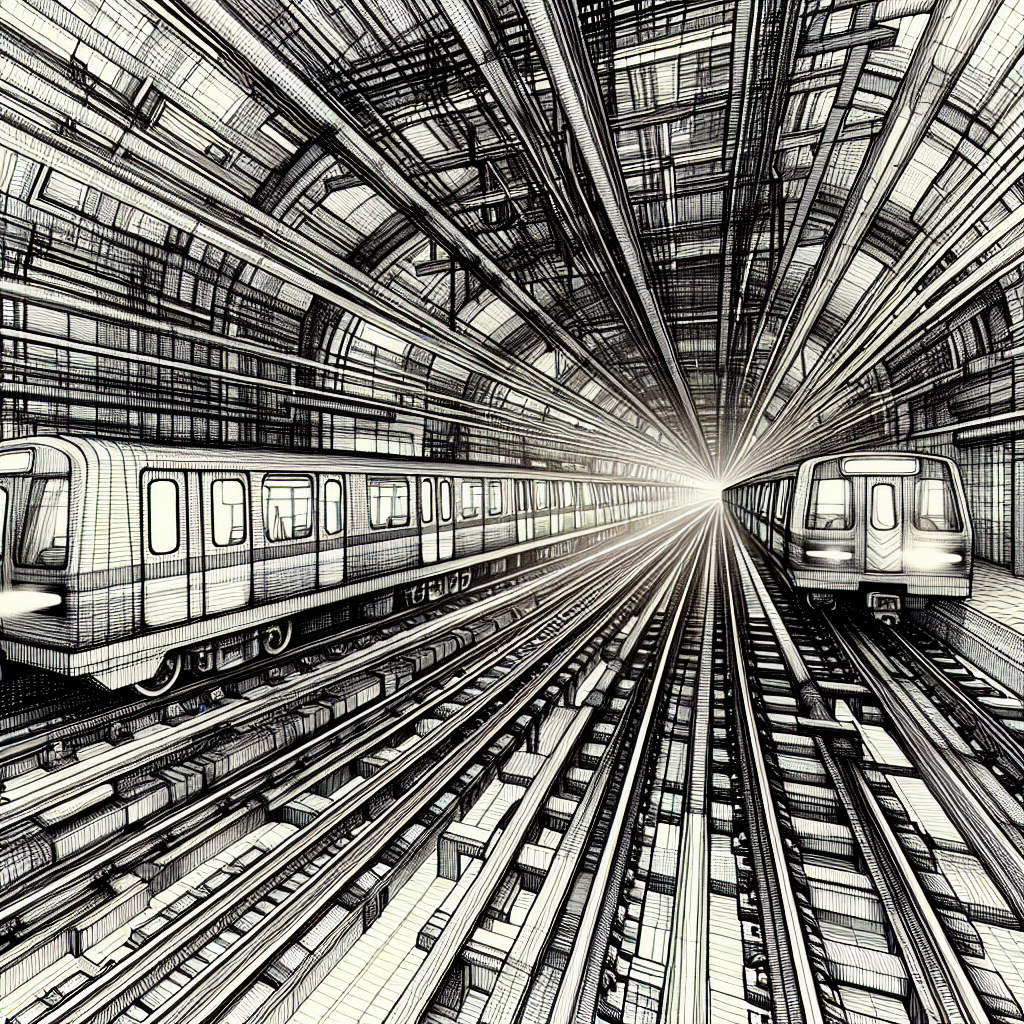Recent years have seen a surge in innovative technologies and methodologies in subway systems worldwide.
One of the most noticeable advancements is the integration of contactless payment methods. With the rise of digital wallets and mobile payment apps, commuters can seamlessly pay for their journey. Coinciding with our increasingly cashless society, this transformation has revolutionized the way we perceive and utilize public transportation.
In addition, subway systems are now increasingly leveraging data analytics to optimize operations. Through real-time monitoring and predictive analytics, transit authorities can enhance train schedules, mitigate potential disruptions, and improve customer service. This data-driven approach is also instrumental in managing passenger flow during peak hours, ensuring a smoother commuting experience for all.
Moreover, subway stations are progressively becoming more than just transit points. Various subway systems globally are transforming their stations into vibrant hubs of retail, culture, and leisure activities.
From underground shopping centers to art galleries, these spaces turn commutes into experiences, enhancing passenger satisfaction and contributing to urban vibrancy.
At the heart of these transformations is the drive towards sustainable mobility. Subway systems, inherently environmentally friendly due to their mass transit nature, are now taking significant strides towards reducing their carbon footprint. More and more systems are switching to renewable energy sources for operations, and incorporating energy-efficient technologies such as regenerative braking.
Stations are also embracing green designs, incorporating natural light and ventilation, and even vertical gardens, aligning with global efforts towards greener cities.
The growing emphasis on accessibility is another key trend in subway systems. Stations and trains are being designed or retrofitted with features to aid physically challenged passengers, such as tactile paving for visually impaired commuters and barrier-free access routes. Together with staff training to assist passengers with disabilities, these measures ensure an inclusive commuting environment.
Finally, the integration of digital technologies is making subway commuting more convenient and user-friendly.
From interactive kiosks and digital signage providing real-time information, to mobile apps offering personalized journey planning, technology is transforming the commuter experience. Indeed, the subway systems of today are far cries from their counterparts of the past, thanks to these forward-thinking innovations.

Looking ahead, the future of subway systems seems intriguing, guided by the rise of autonomous trains, hyperloop technology, and the Internet of Things (IoT). As they continue to evolve, subway systems will undoubtedly play a crucial role in shaping smart, sustainable, and inclusive cities of the future.
By continually embracing innovation and prioritizing sustainability and inclusivity, subway systems are paving the way for a new era of urban mobility. As we journey into the future, these underground networks promise to continue to surprise and inspire us, transforming the way we commute, connect, and experience our cities.